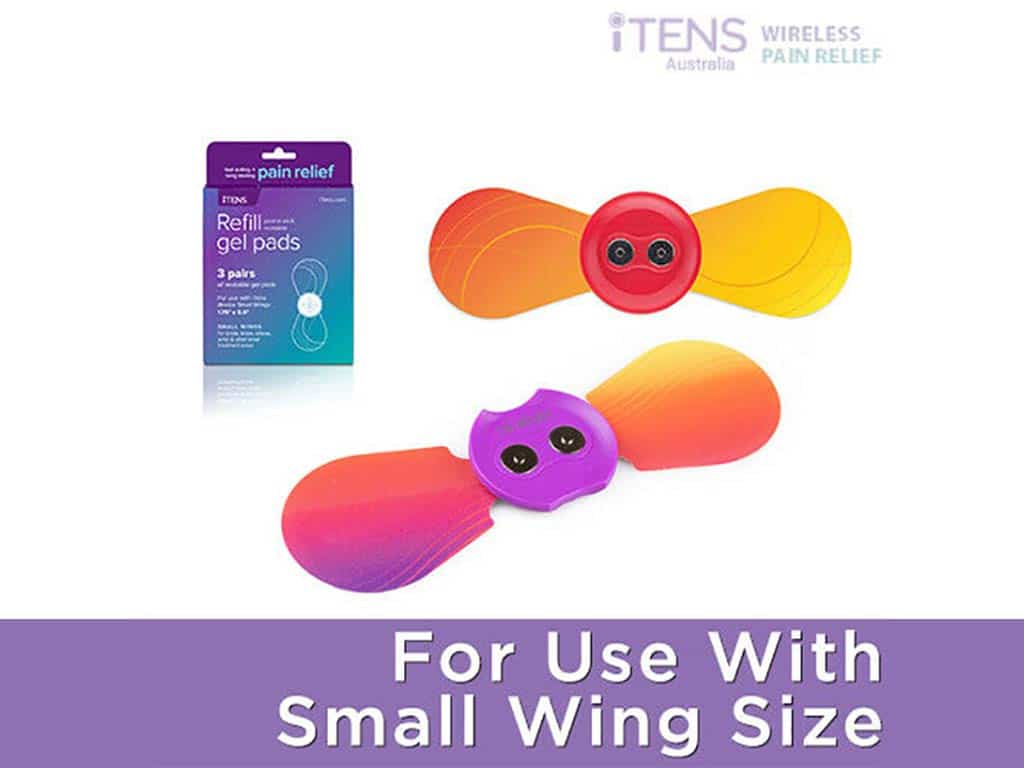
Transcutaneous Electrical Nerve Stimulation or TENS therapy for neck pain is a method that uses electrical currents to reduce pain. By disrupting the pain signals sent to the brain, it helps alleviate the discomfort in the neck area. In addition, this therapy can stimulate the release of endorphins, which are natural pain-relieving chemicals from the body. Moreover, TENS is non-invasive and drug-free, making it a safe and effective option for many people.
Neck pain can stem from diverse underlying conditions, with prevalent risk factors such as poor posture, muscle strain, and arthritis. Common symptoms include a stiff neck, headaches, and shooting pain in the shoulders and arms. Effective pain management is crucial to alleviate these symptoms. For many individuals, employing a therapeutic device proves beneficial in addressing neck discomfort. This article provides information on TENS for neck pain, including its mechanism, correct usage, and safety precautions.
How a TENS Therapy for Neck Pain Works
TENS therapy for neck pain is a method that helps in pain reduction by delivering electrical currents through electrode pads placed on the skin. These minimal currents target the sensory nerves in the treated area and reduce pain sensations. Many studies have shown that TENS therapy is effective in alleviating different types of acute and chronic pain conditions.
Additionally, this therapy works by utilising the Pain Gate Control Theory. This theory suggests that electrical currents from the TENS device disrupt the pain signals that are sent to the brain. The device achieves this by employing high-frequency electrical impulses, typically ranging from 50 to 150 Hz. This type of therapy is particularly effective for intense or acute neck pain.
Another key mechanism behind TENS therapy is its ability to trigger the release of endorphins. The TENS machine for neck pain accomplishes this by using low-frequency electrical stimulation, which ranges from 2 to 5 Hz. Endorphins are natural painkillers that the body naturally produces. This is particularly beneficial for people dealing with chronic neck pain, offering a more sustainable solution.
Benefits of Using the Device
- Reduces the need for medication and its side effects.
- People can use TENS in conjunction with other alternative treatments, such as physical therapy, acupuncture, therapeutic exercise, or massage.
- It improves the range of motion by reducing pain sensations and stiffness in the neck muscles.
- It can boost blood circulation to the affected area, promoting recovery and reducing inflammation.
- TENS devices are portable, making it easy to use them at home or on the go.
- Electrotherapy for neck pain is non-invasive. It does not involve any needles or surgery.
- It can help alleviate tension headaches and migraines associated with neck pain, cervical pain, and shoulder pain.

How to Apply a TENS Therapy for Neck Pain
To apply a TENS therapy for neck pain relief, start by identifying the exact location of the pain. Then, place the electrodes on clean skin and turn on the device. Set the frequency, pulse width, and intensity to the desired level, and then adjust the settings as needed.
It is recommended to begin with the lowest intensity and gradually increase it until it provides a gentle massage or comfortable sensation. The treatment program should be set for 15 to 30 minutes, and for chronic pain, it could be longer but should not exceed one hour to prevent potential skin irritation or fatigue in the neck muscles.
While using the TENS therapy machine, monitor the skin for any signs of redness or irritation, and do not set the stimulation levels too high to avoid further discomfort. If the therapy causes additional pain, reduce the settings. After the treatment, turn off the device before removing the electrodes. For safe and effective relief, consult a pain management professional.
Proper Pad Placement Guide
When using a TENS unit for neck pain, it is important to place the electrode pads properly to ensure the best results. Firstly, the pads should be placed at the side of the cervical region and the inner edges of the shoulder blades. This helps target the affected area without causing any discomfort.
It is crucial to avoid placing the pads in the front or sides of the neck, as this can disrupt the carotid artery, which supplies blood and oxygen to the brain. Other areas to avoid are the temples, head, and the spinal column itself.

Safety Guidelines for TENS Therapy for Neck Pain
When using TENS therapy for neck pain, it is important to first assess and identify the type of neck pain. Chronic and acute neck pain may require different treatments. Therefore, it is best to consult with a healthcare provider to determine the appropriate TENS use. Understanding the symptoms and outcomes of TENS therapy can help ensure a safe and effective treatment.
Additionally, people should refrain from sleeping, driving, or operating heavy machinery while using TENS. Moreover, avoiding contact with water is crucial to prevent electrical shocks. Users should also exercise caution against overuse of the machine. Although they may use TENS up to four times daily, breaks in between sessions are necessary. Furthermore, they should be vigilant in checking for potential skin irritation.
Lastly, individuals with heart disease should avoid using TENS therapy due to the potential risk of interference with cardiac function. Similarly, those with pacemakers or a history of seizures should refrain from TENS use. The electrical stimulation from TENS may interfere with implanted devices or potentially induce seizure activity.
When to See a Doctor?
People should see a doctor if the discomfort in their neck does not improve with rest, TENS therapy, or pain medication. In addition, if the pain in the neck radiates down the arms and is accompanied by numbness or tingling in the hands or fingers.
Other signs that indicate the need to see a healthcare professional include difficulty swallowing, dizziness, and severe headaches associated with neck pain. They should also seek medical help if there has been a recent injury preceding the pain or if the pain is followed by fever or weight loss. Failure to address these symptoms might lead to further complications.
Conclusion
TENS therapy for neck pain emerges as a practical solution. By leveraging the Pain Gate Control Theory, it disrupts pain signals through electrical currents, proving effective for acute neck pain. Additionally, the stimulation prompts endorphin release, offering sustained relief for chronic neck discomfort. To apply this therapy, one simply identifies the pain site, places electrodes on clean skin, adjusts settings, and activates the device. It stands as a user-friendly, efficient approach for those seeking relief from neck pain.
More importantly, people should follow safety guidelines when using TENS therapy. Consulting a healthcare provider for proper guidance is essential. Users should also refrain from activities like driving or operating machinery while using TENS and avoid contact with water to prevent electric shocks. Moreover, monitoring for skin irritation, limiting usage, and heeding caution for specific health conditions is crucial. If neck discomfort persists or is accompanied by concerning symptoms, seeking prompt medical attention is advised.







